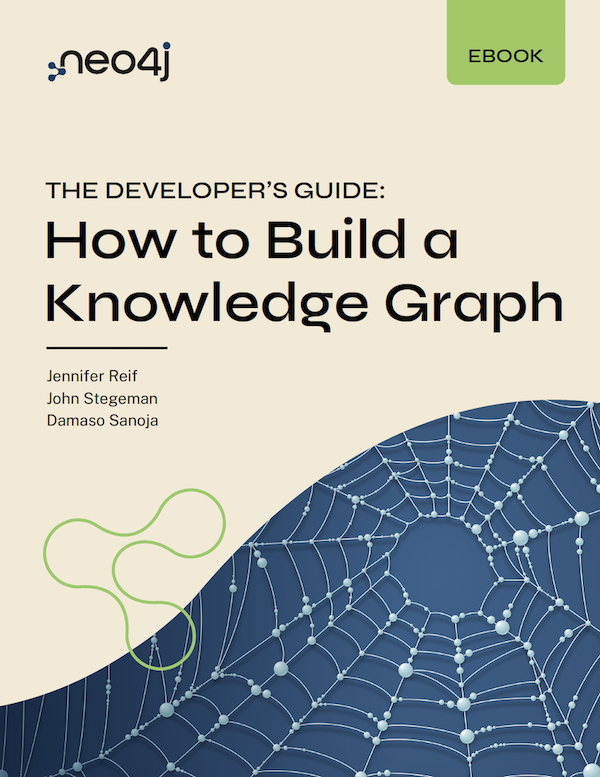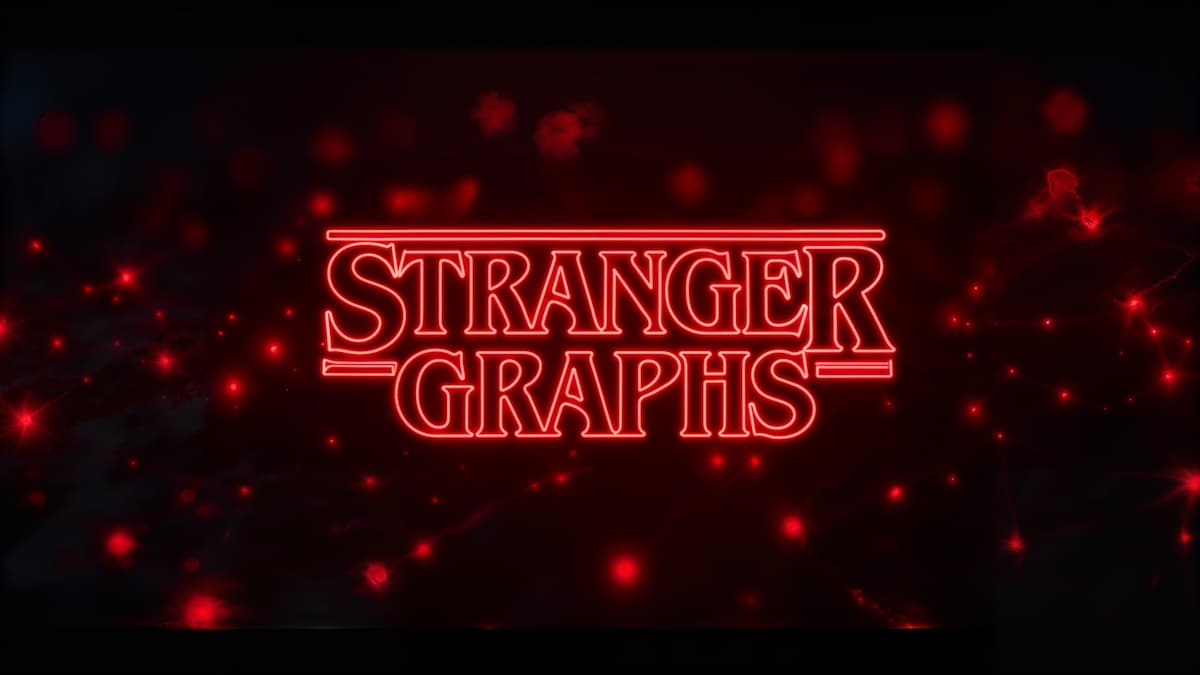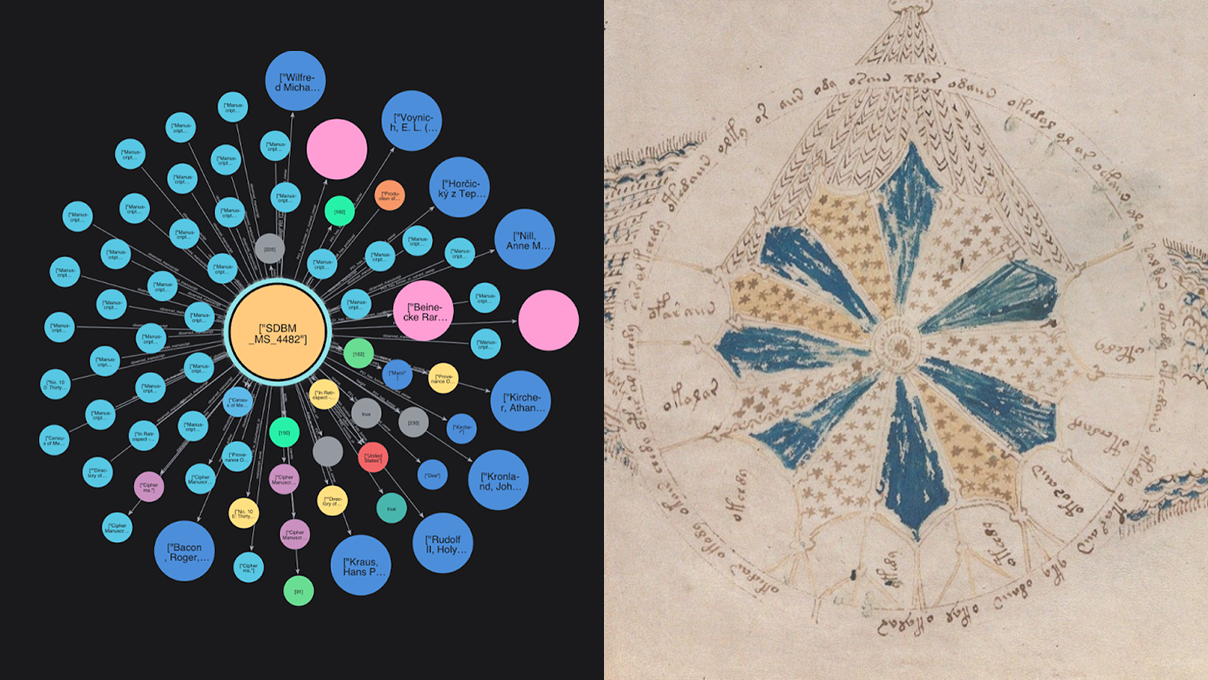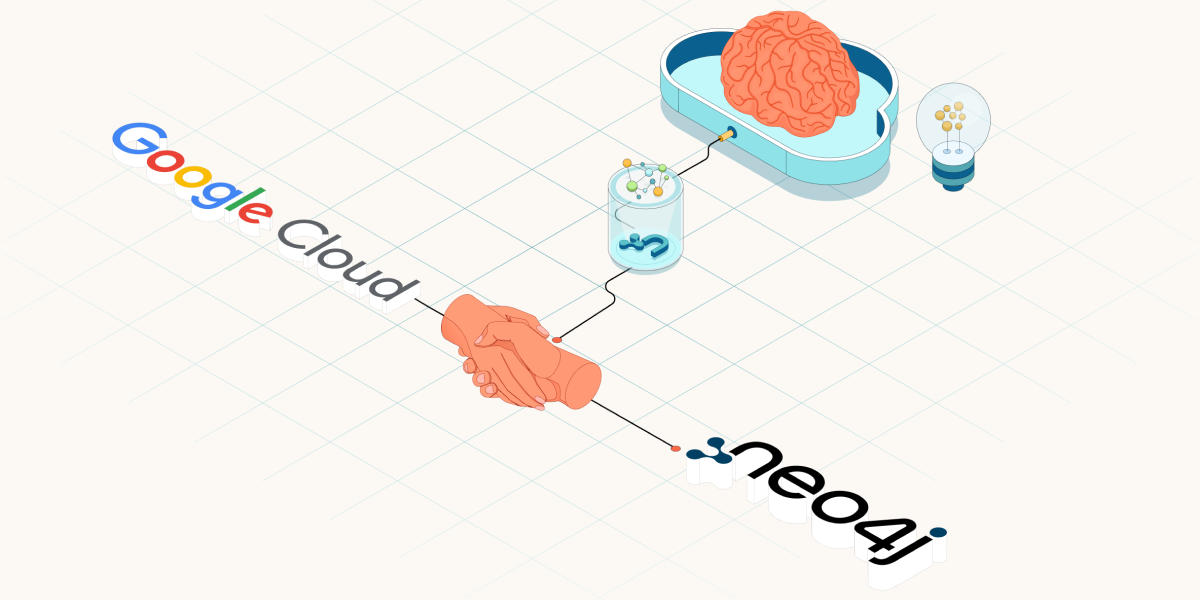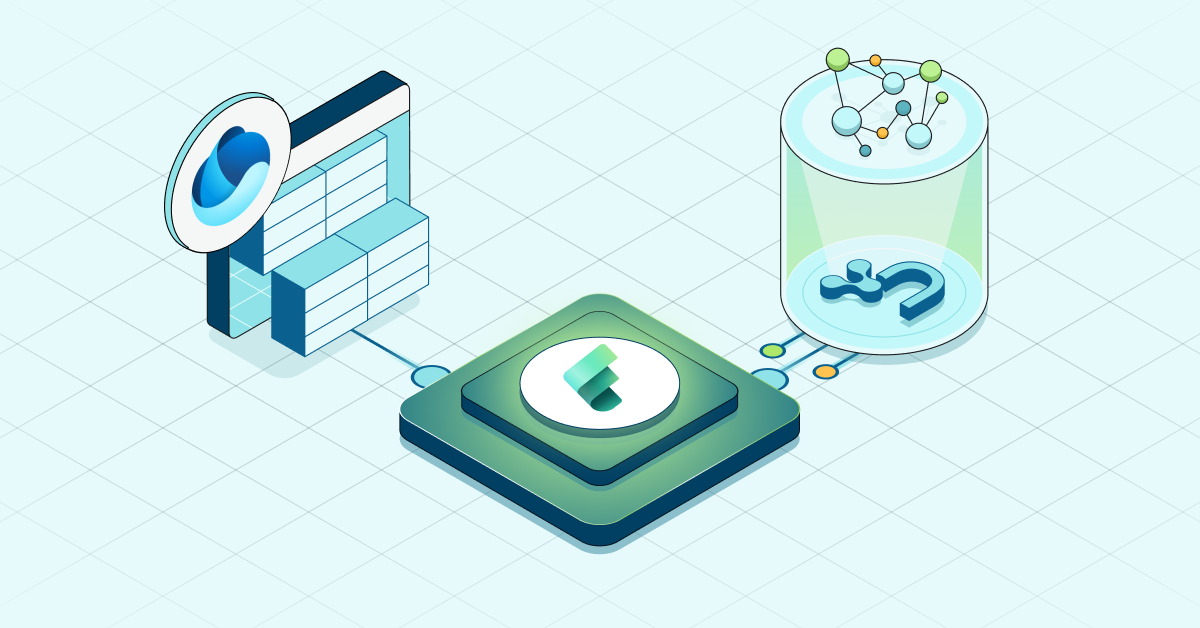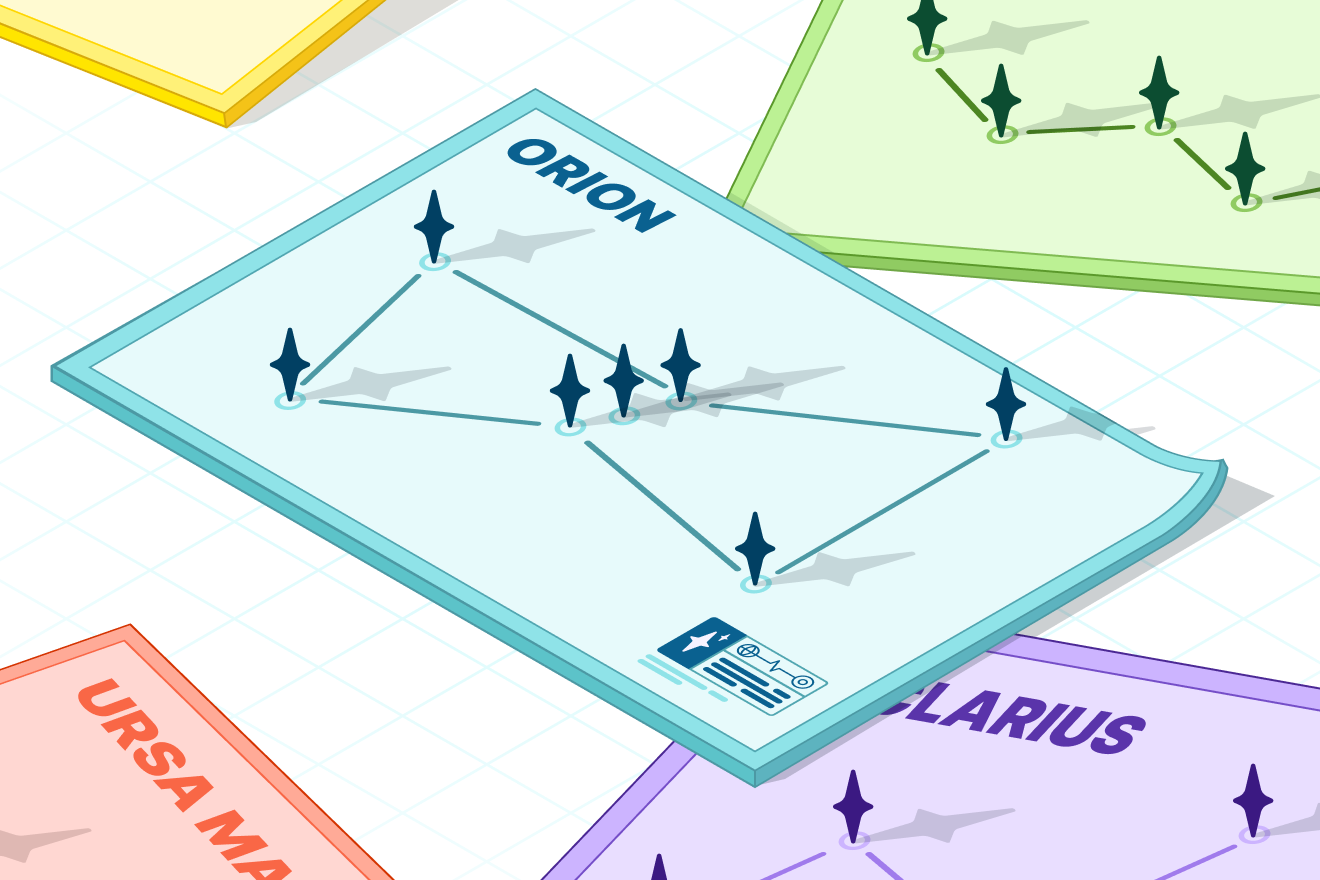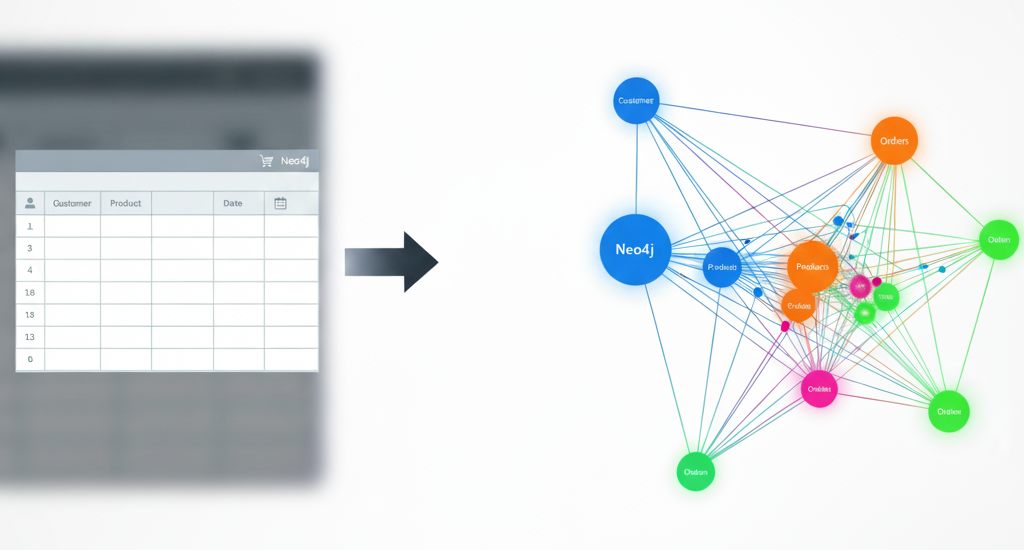Neo4j and Snowflake Bring Graph Data Science Into the AI Data Cloud

Chief Product Officer, Neo4j
4 min read

We’re thrilled to announce a new integration with Snowflake that brings the full spectrum of Neo4j’s industry-leading Graph Data Science (GDS) capabilities into the Snowflake AI Data Cloud for advanced AI insights and predictive analytics.
Snowflake end users seeking graph-enabled insights will now find it simple and straightforward to use GDS within the AI Data Cloud. Instead of moving data between Snowflake and Neo4j, end users can now perform graph analytics directly in the AI Data Cloud using Snowflake SQL – no graph expertise required.
Transforming Analytics in the AI Data Cloud With Graph Data Science
Neo4j’s Graph Data Science (GDS) brings a robust library of graph algorithms directly to Snowflake. Now, Snowflake users can initiate a fully serverless, isolated, and flexible graph analytics environment directly from SQL using Snowpark Container Services.
The dynamic nature of GDS on Snowflake allows for precise resource allocation and the option to power down when analytics processing concludes. The graph analysis results can be written back to the underlying Snowflake instance, seamlessly integrating with other data warehouse tables.
The new integration eliminates the need for complex and expensive data migration jobs between separate ML or database platforms outside Snowflake. End users will have a complete graph analytics offering in Snowflake that doesn’t require navigation between multiple environments. This streamlined, zero-ETL approach dramatically reduces time to value, allowing organizations to get more analytics projects into production faster, with tooling they already know.
Instant Graph Analytics With Robust Graph Algorithms
Neo4j brings the industry’s most extensive library of graph algorithms to Snowflake. Neo4j’s GDS algorithms – including similarity, pathfinding, community detection, and many others – open up a world of possibilities for advanced insights in generative AI, fraud detection, predictive analytics, feature development, recommendation engines, logistics, and more.

Key use cases for Neo4j graph algorithms
Graph Features for Machine Learning Pipelines
Neo4j’s graph algorithms can be used to generate predictive features to boost machine learning model performance, particularly where relationships between data points carry predictive signals. This is common for tasks related to fraud detection, entity resolution, recommendation systems, supply chain optimization, and customer journey, just to name a few. For example, statistics around centrality and clusters in payment and identity networks can boost performance for credit and insurance claim fraud detection models.
Graph Vectors for GenAI Applications
Joint customers can enhance generative AI (GenAI) applications by creating graph vectors that improve the relevance, accuracy, and personalization of large language model (LLM) responses. Neo4j GDS enables you to generate vectors using graph embedding algorithms that leverage structured, unstructured, and relationship data from a knowledge graph, significantly improving the grounding information for LLMs. Graph vectors can be used in various GenAI applications across industries such as banking, healthcare, supply chain, and more, providing domain-specific context and enhancing overall AI effectiveness. These features are part of a comprehensive GenAI stack within Snowflake, which includes both vector search and Snowflake Arctic LLM models.
Running Your First Algorithm
Once a Snowflake administrator has enabled GDS for Snowflake as a service, it’s easy to run your first algorithm. The first step is to create a GDS graph, an in-memory structure optimized for graph analysis that contains nodes connected by relationships. Both nodes and relationships can hold numerical properties.
Here’s an example of creating a graph and running the PageRank algorithm using Snowflake SQL.
First, project a nodes-and-relationship table into an in-memory graph structure that is optimized for graph analytics:
SELECT gds.graph_project('graph_name’, ‘name_of_nodes_table’, 'name_of_relationship_table’);
Now you can perform graph algorithms on this in-memory structure:
SELECT gds.pagerank('graph_name’, 'pagerank_score');
After you’ve completed your graph computations, you can write the results stored in the graph back to a regular Snowflake table:
SELECT gds.write_nodeproperty('graph_name’, 'pagerank_score’, ‘result_table_name’);
The Limitless Potential of Graph in the AI Data Cloud
This integration enables our joint Neo4j and Snowflake customers to embrace the limitless possibilities of graph within Snowflake’s large-scale AI Data Cloud. We’re redefining how organizations extract insights from connected data by meeting users where they are in the AI Data Cloud. Product and engineering teams can now develop, scale, and operate applications without operational burden – a pivotal step towards using relationships in data to produce deeper, more comprehensive insights at an unprecedented pace.
Neo4j GDS in the AI Data Cloud is available for preview and early access, with general availability later this year on Snowflake Marketplace. Register your interest for an early access preview here.
